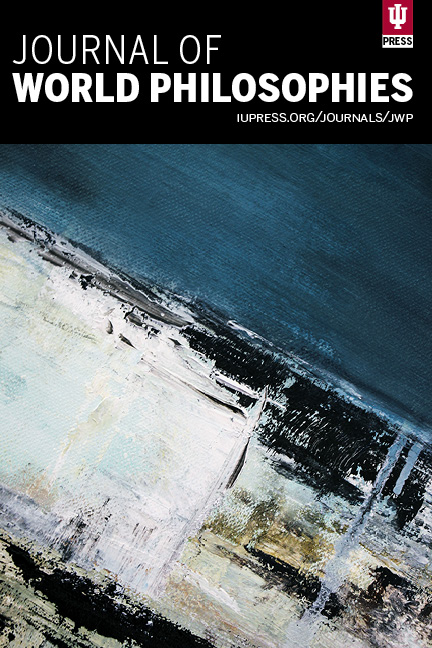Living on the Edge of a Volcano Reflections on Nietzsche’s Philosophy and Albert Saijo’s Zensational Rhapsody
Main Article Content
Abstract
This article focuses on the poetry of Albert Saijo, one of the lesser-known figures in the Beat literary movement. I suggest here that Saijo’s work should be better-known, and in drawing out some resonances between Saijo’s poetry and Nietzsche’s philosophy, I make a case that Saijo should be taken seriously as a poet and philosopher. Saijo has been described as “a post-apocalyptic wisecracking prophet, speaking the language of the human future,” and here I provide some justification for this statement. One could say that the Beat literary movement developed around the intersection of Existentialism and Zen, and this article explores that juncture in examining the play between language and silence in the writings of Saijo and Nietzsche. In addition to taking Saijo seriously, this article perhaps also opens another perspective on Nietzsche. I draw attention to the rhapsodic nature of Nietzsche’s Zarathustra and suggest that the thought of eternal recurrence might be something like a Zen kōan, or even a joke by another post-apocalyptic wisecracking prophet. The thought of eternal recurrence is compared with the bodhisattva vows, and Saijo’s poem on those vows is highlighted as a great example of his “Zensational” rhapsody.
Article Details
JWP is an open access journal, using a Creative Commons license. Authors submitting an article for publication to JWP agree on the following terms:
- The Author grants and assigns to the Press the full and exclusive rights during the term of copyright to publish or cause others to publish the said Contribution in all forms, in all media, and in all languages throughout the world.
- In consideration of the rights granted above, the Press grants all users, without charge, the right to republish the Contribution in revised or unrevised form, in any language, and that it carries the appropriate copyright notice and standard form of scholarly acknowledgement as applicable under the CC-BY license.

This work is licensed under a Creative Commons Attribution 4.0 International License.
